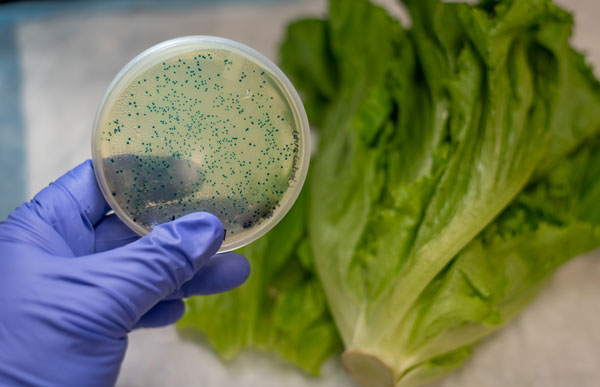FDA has released the newest version of the Food Code
Blog by Lori Stephens based on the new FDA Food Code release.
The FDA has released an updated version of the federal Food Code – Food Code 2017.
What is the Food Code?
The Food Code is a set of requirements based on science for preparing and serving food.
The Food Code documents the best ways to prevent foodborne illness and injury. It provides guidance for restaurants, retail food stores, vending operations and food service operations, including those in schools, hospitals, nursing homes and child care centers. By following the requirements in the Food Code, these operations can eliminate the most important factors that can cause food safety hazards.
The FDA provides this document to the food industry as a tool. It is a very important fact that the FDA does not require that the Food Code be followed by local health departments and similar organizations – they describe it as “model regulation”. It can be adopted fully, or parts can be used. The FDA allow alternative requirements that offer an equivalent level of food safety.
Why the Food Code important is Important to You
This is important to our business because this document prescribes the use of single-use gloves for handling ready-to-eat food. It is the main regulatory reason restaurants and food service operations use gloves.
A ton of work goes into revising the Food Code
The FDA writes the food code with input from regulatory officials (USDA and CDC), industry, academia, and consumers at an industry meeting of the Conference for Food Protection (CFP).
The Food Code used to be updated and published every two years, the process to develop a Food Code revision is really time consuming. Due to the amount of input, edits, and science involved, the document is now revised every four years.
The effort to create this new revision started in mid-2106 and the document was just published last week. It is called the Food Code 2017 because the contents were agreed on in 2017, even though it was published in 2018. The last revision is called Food Code 2013.
What has changed in the Food Code 2017?
According to the FDA’s statement, significant changes to the Food Code 2017 include:
- Revised requirement for the “Person in Charge” to be a Certified Food Protection Manager
- New section addressing the use of bandages, finger cots or finger stalls
- Harmonized cooking times and temperatures for meat and poultry to ensure uniformity with guidance from the USDA
- Updated procedures during an extended water or electrical outage
If you want to read the Code, or share it with one of your customers, it is available on the FDA website at http://www.fda.gov/FoodCode.
READ MORE POSTS
Don’t Turn a Blind Eye to Your Food Defense Practices
Late last week, as I mindlessly scrolled through Twitter, I ran across a Tweet suggesting the #IceCreamChallenge from summer 2019 was the real cause of the Coronavirus spread. Of course, the Tweet was made tongue in cheek, but it did cause me to reflect on that challenge, which had a short life on social media in the summer of 2019.
Salmonella and Listeria monocytogenes: Serious Threats to the Safety of Food
Earlier in the month, I mentioned the top microbial enemies we all face in foodservice operations, E. coli, Campylobacter, Salmonella, and Listeria monocytogenes. While we discussed E. coli and Campylobacter, we did not get around to discussing Salmonella or Listeria monocytogenes.
E. coli, Campylobacter, Salmonella, and Listeria monocytogenes…oh my!
Last month, I blogged a bit about the human factor in food safety. In the foodservice management realm, I do think the human factor is our biggest challenge, day in, day out. While the human factor is a major contributor to most foodborne illness outbreaks, we can’t forget about the microbial enemy we face on a daily basis.
The Human Factor and Food Safety
A few weeks ago, we discussed the top five causes of foodborne illness, 1) Improper hot/cold holding temperatures of time and temperature control for safety foods; 2) Improper cooking temperatures of food; 3) Dirty and/or contaminated utensils and equipment; 4) Poor employee health and hygiene; and 5) Food from unsafe sources. As I noted, all of these items are not in the direct control of your staff, but most can be. For the second blog this month, I wanted to discuss a bit more about the human factor in our food safety programs.










